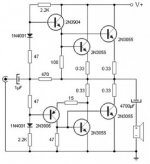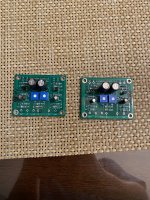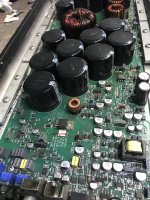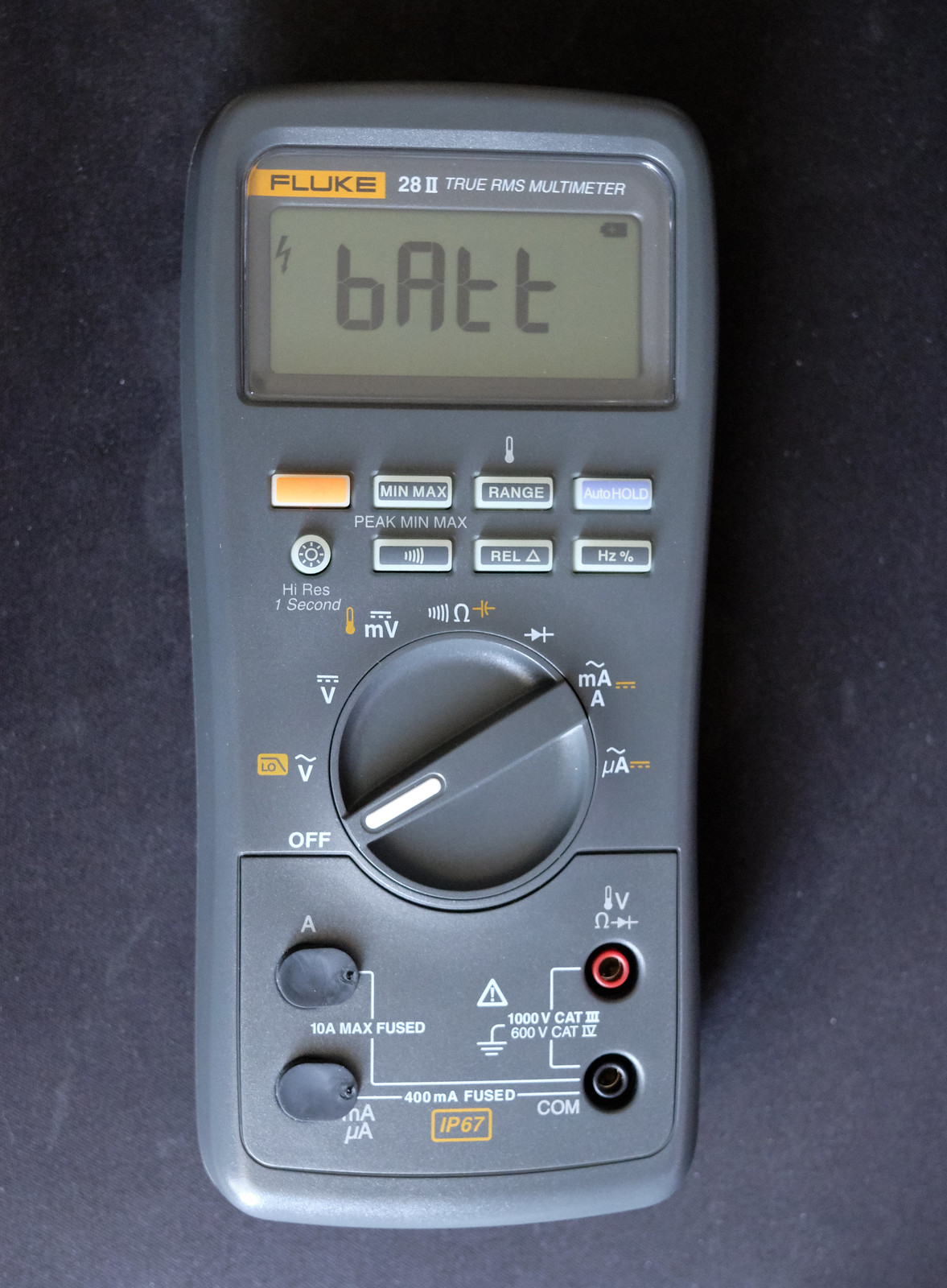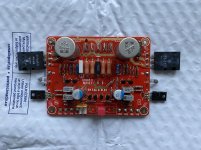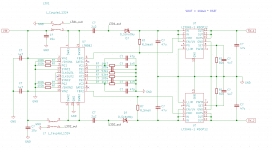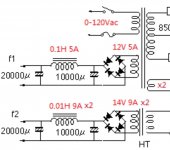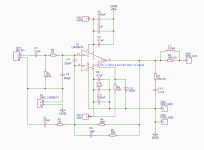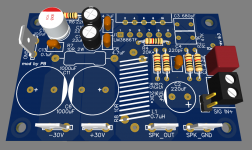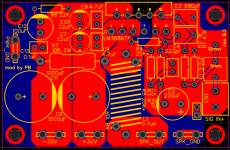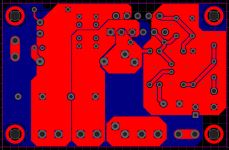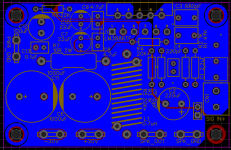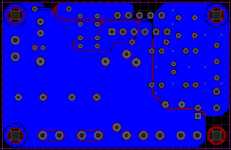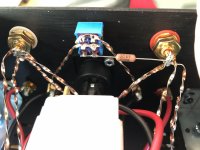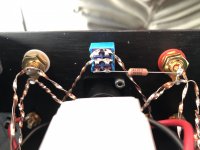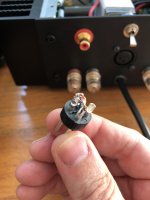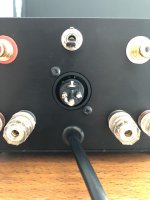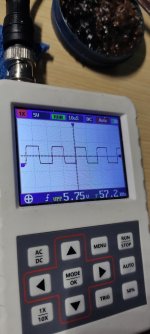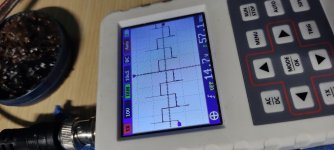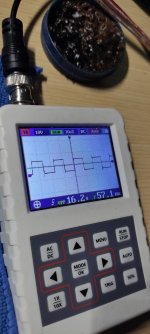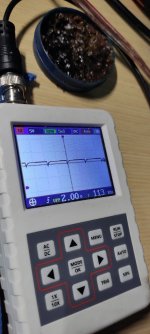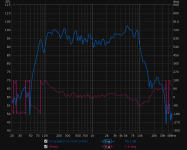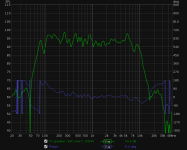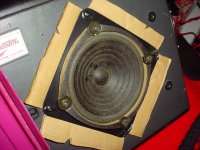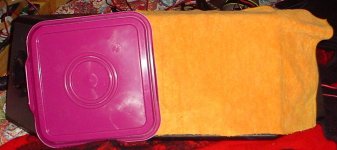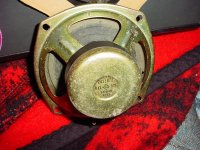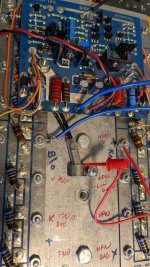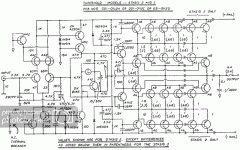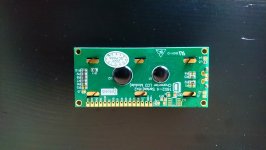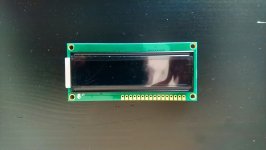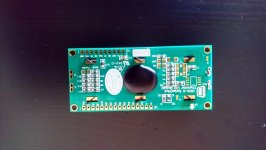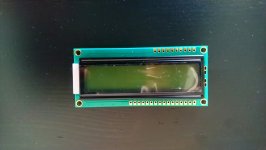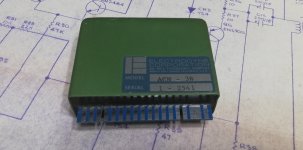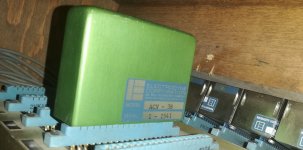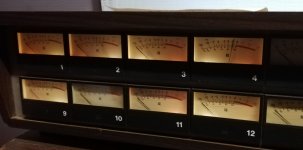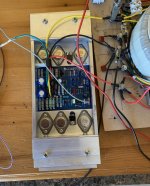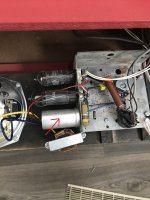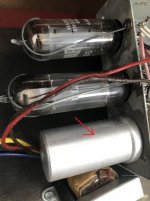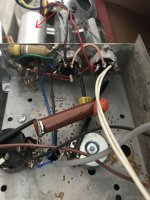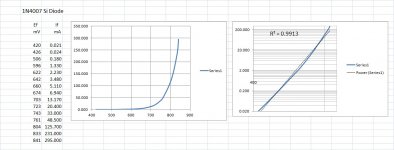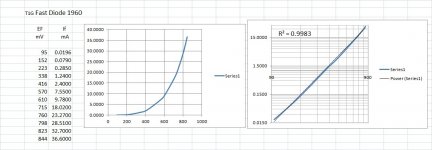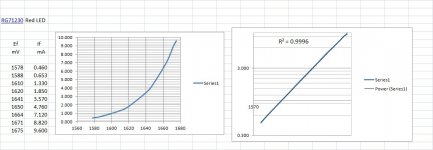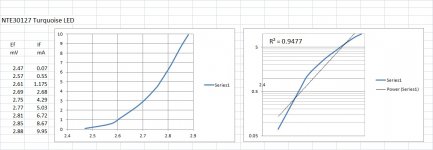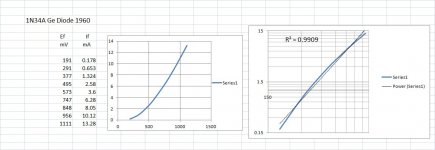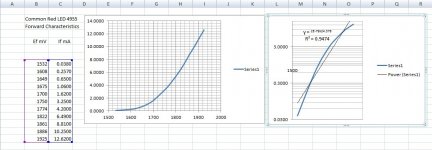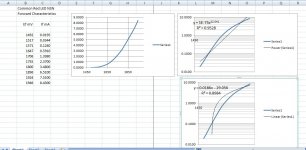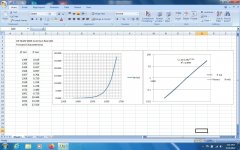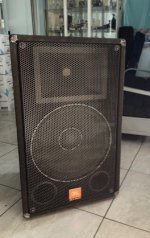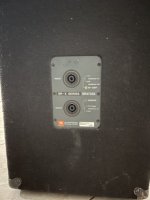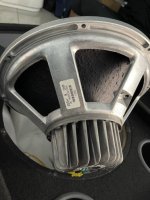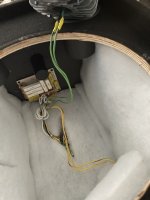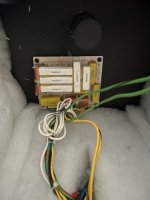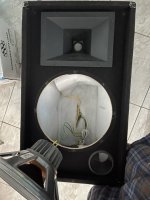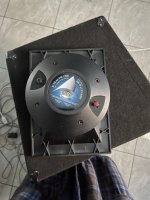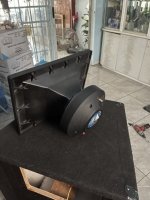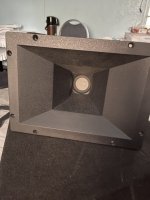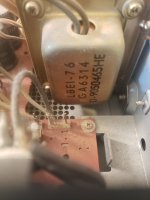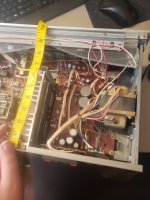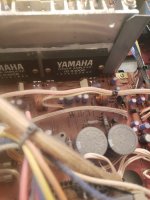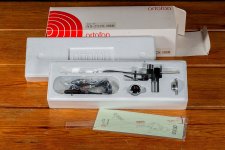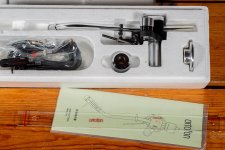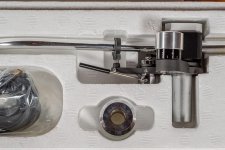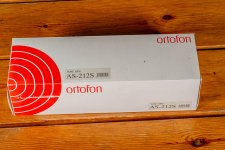Hello everyone, I'm new here, so I hope you will be forgiving of any initial Pecaillo's.
I just got back from the 2015 California Audio Show in San Francisco. That in itself isn't that interesting for DIY'ers, but I discovered that Mundorf is now selling a speaker kit. It comes with a completely Mundorf parts crossover, Mundorf AMT tweeter and Accuton mid-woofer. According to Mr. Mundorf, they needed to be around 40 cm from the back walls, but I'm not sure if that is needed with a sub.
Sadly, the room or the electronics really sucked and I did not hear much I liked there.
I'm wondering if anyone else has experience with the Mundorf AMT tweeters in general? What I am looking for most of all is an endless decay. I'm not sure if this is ever a tweeter's job, but systems that I most like tend to have the ability to show an instrument's or a voice's decay seem limitless. In most systems I hear there's a point where it just gets cut off. This is by comparison, so for all I know there's just a post-signal rigning, but I like it.
This is the main reason I chose an ARC DAC-8 over others in it's price range and above. The end of a plucked string, or the decay in Emilou Harris's voice just seemed to trail off forever. Otherwise, it's like you reach a diode, and bam, off. Sorry for the bad descriptions.
The second thing I need is it has to maintain clarity in a small space. I have Focal's now, but going to a San Francisco apartment I've lost a lot of the clarity they had in my previous apartment, so I think what I want is something with relatively narrow dispersion.
I've also been thinking about a kit from Selah audio, the Verity.
Thanks for your thoughts in advance!
Erik

